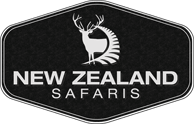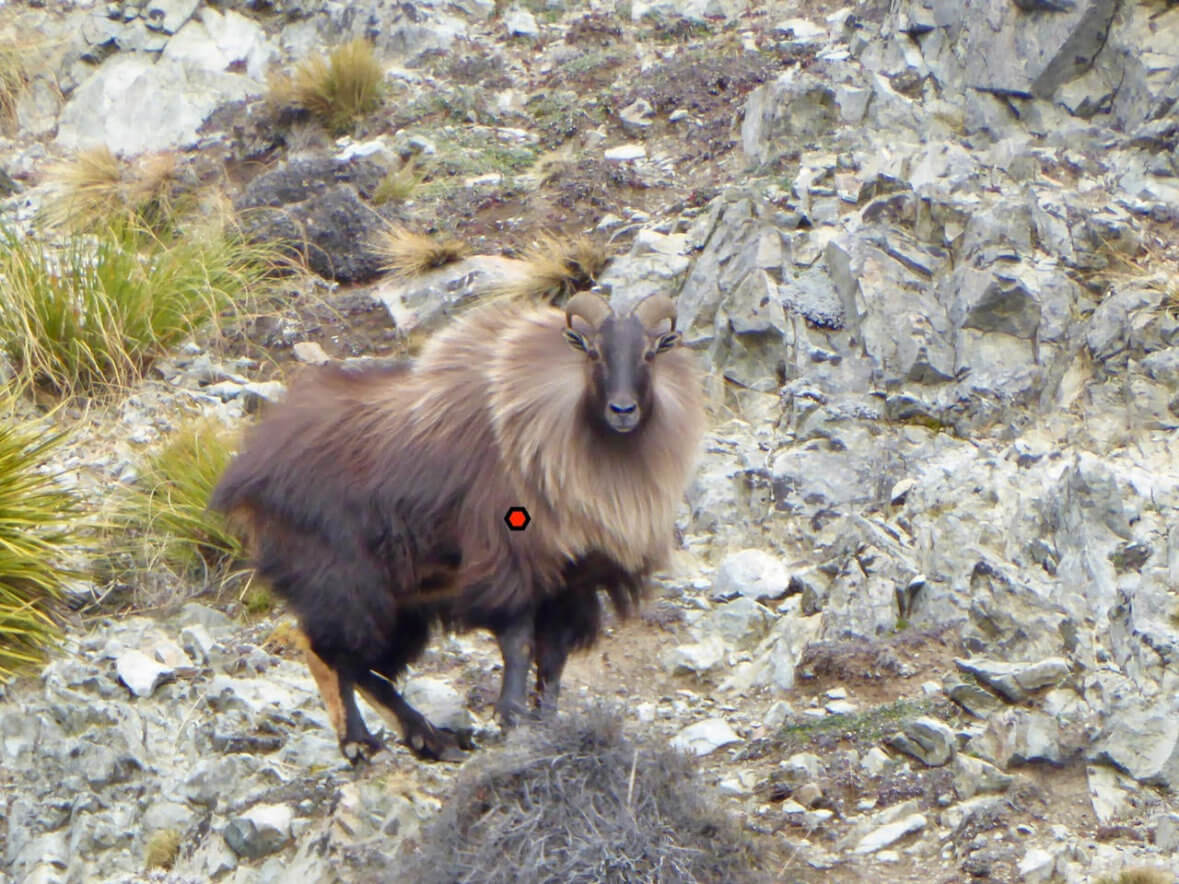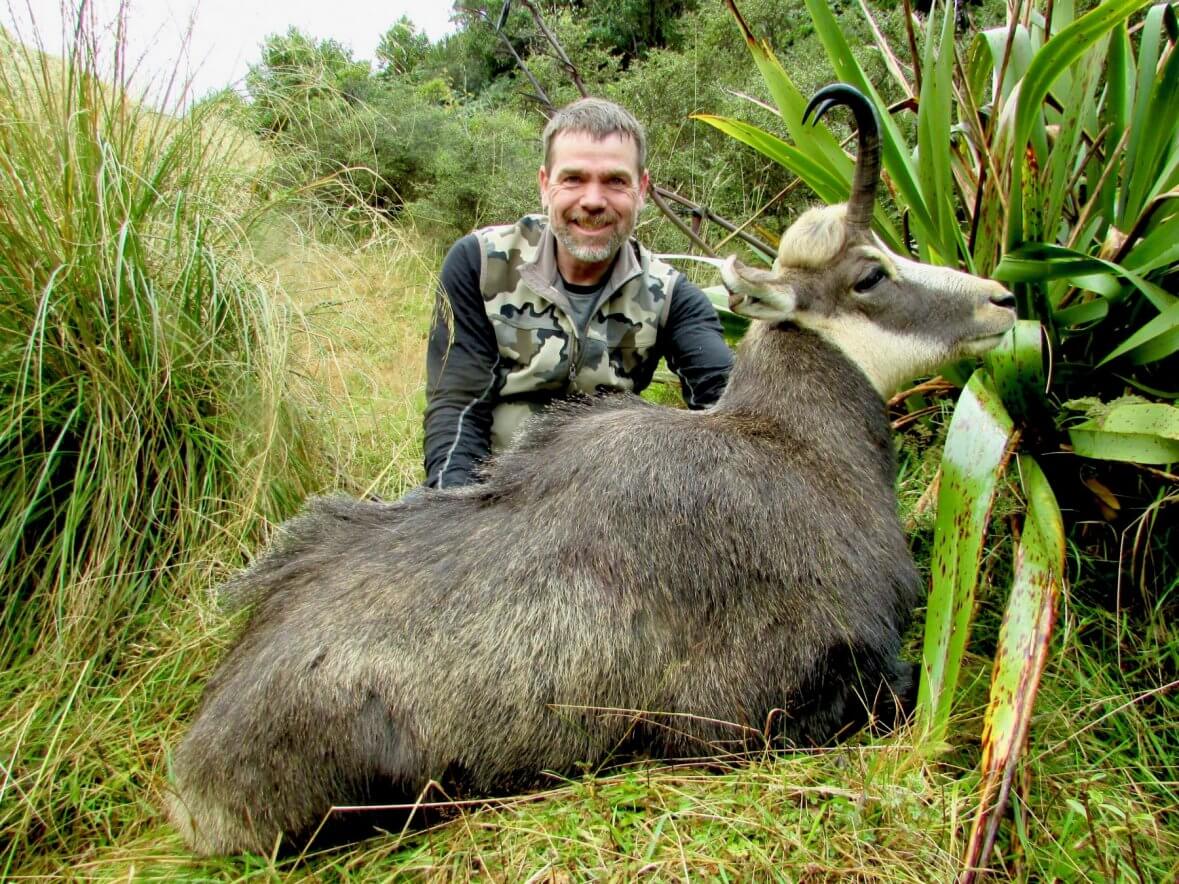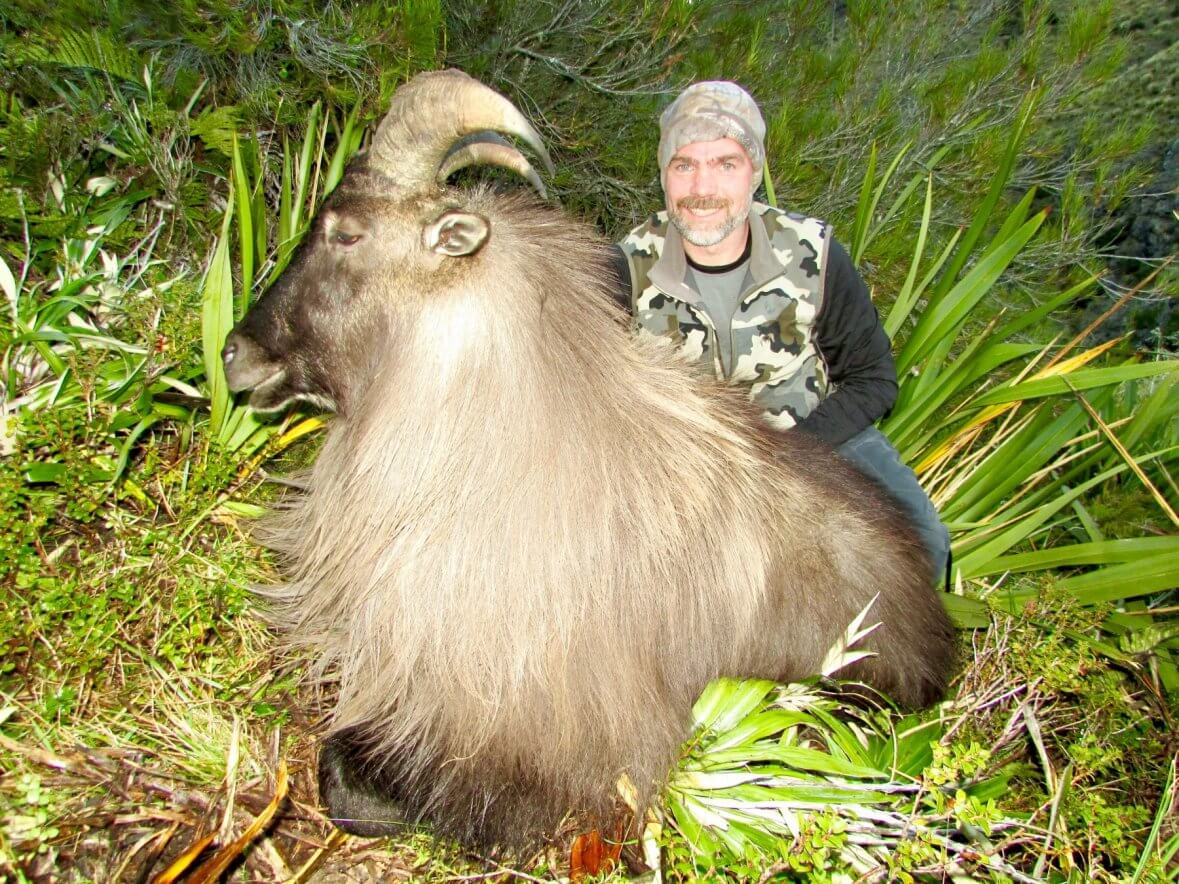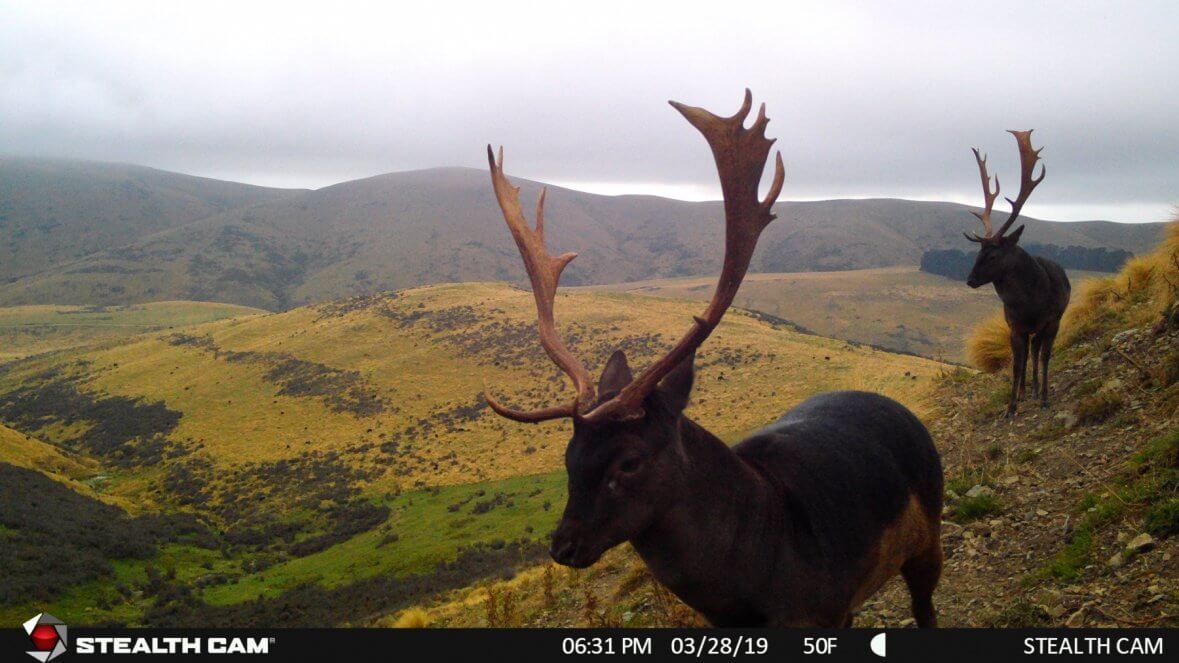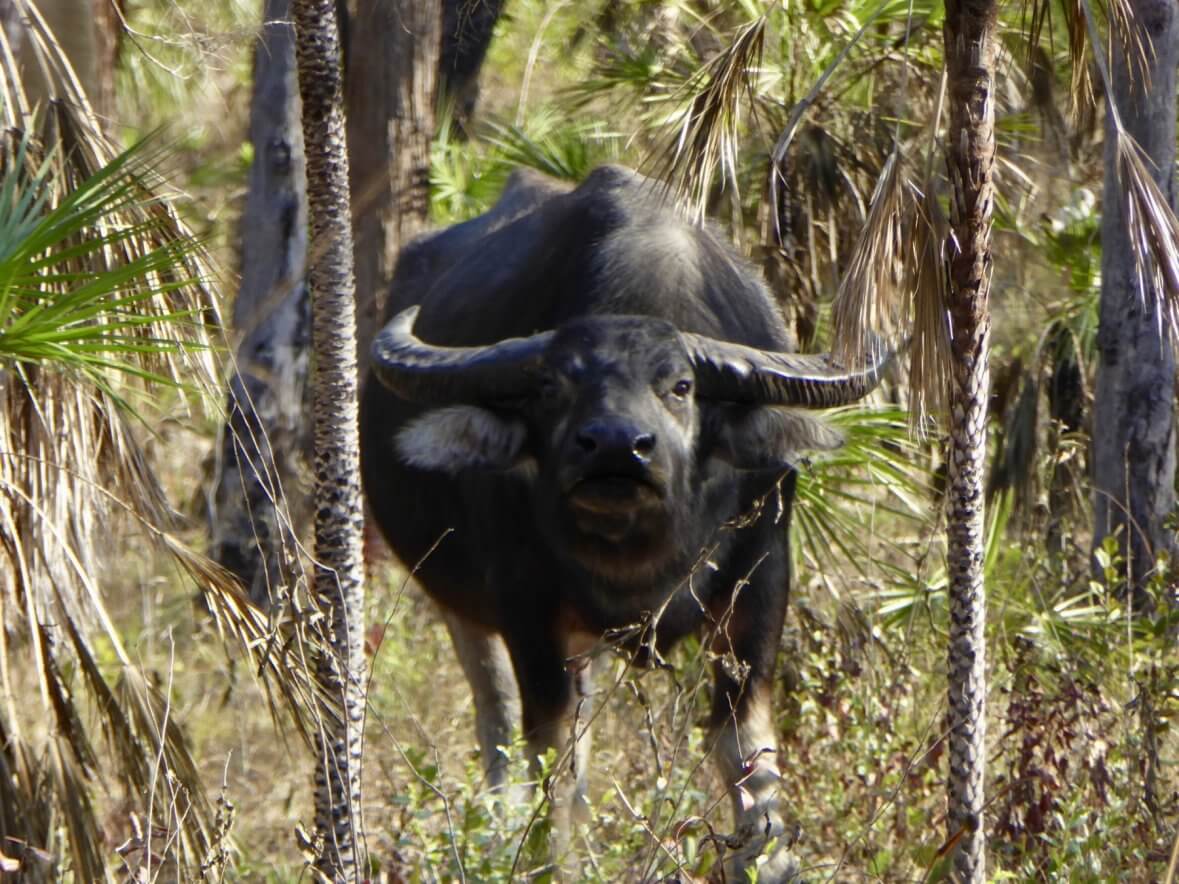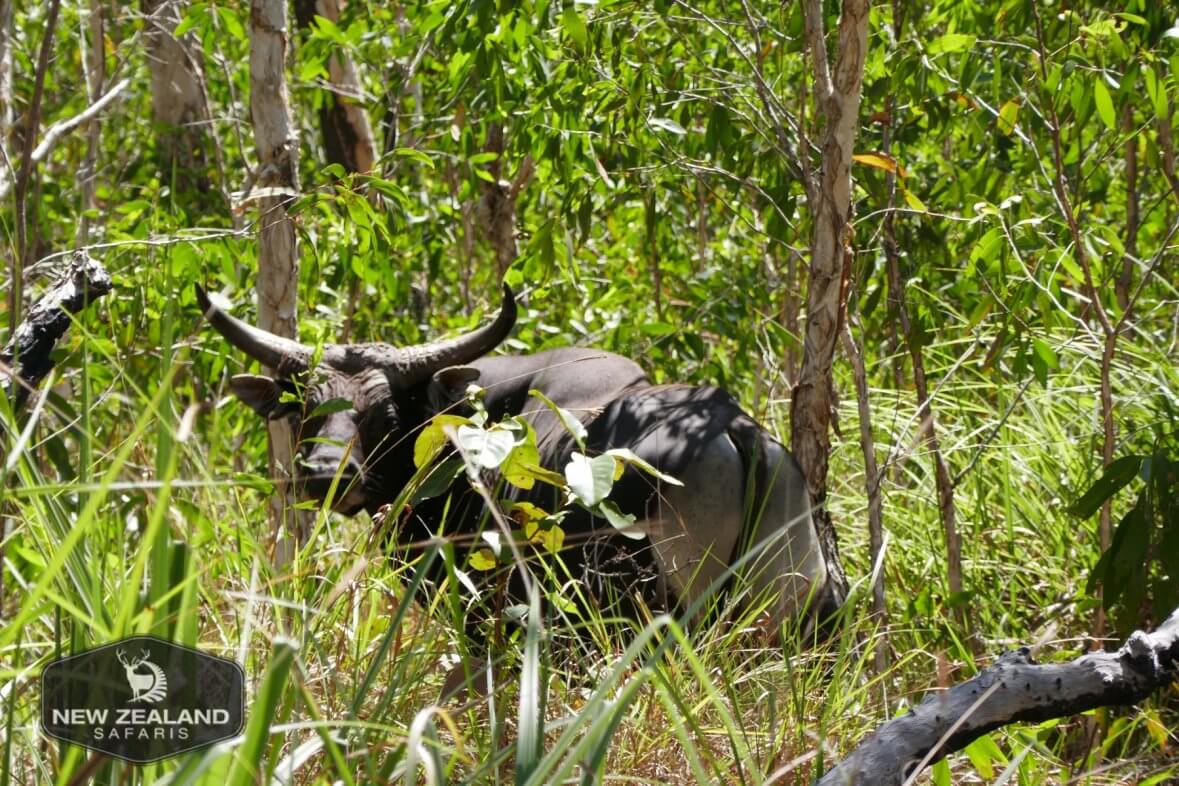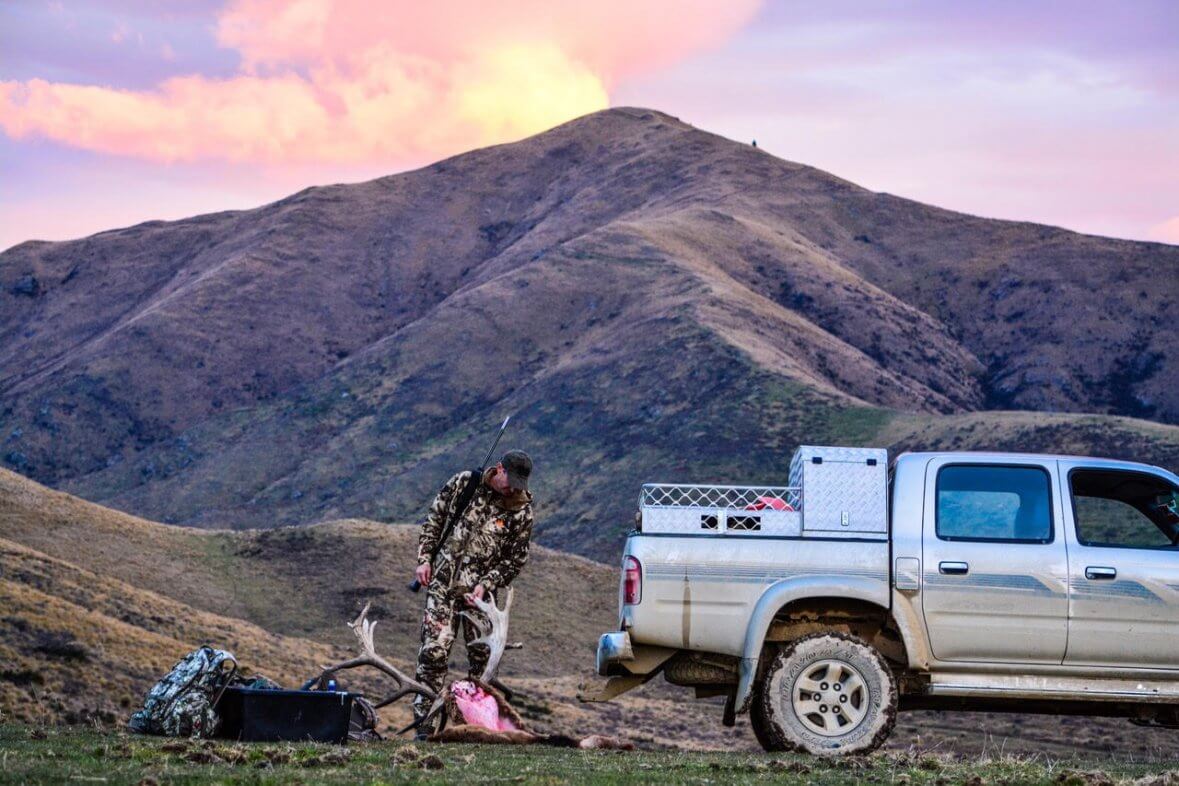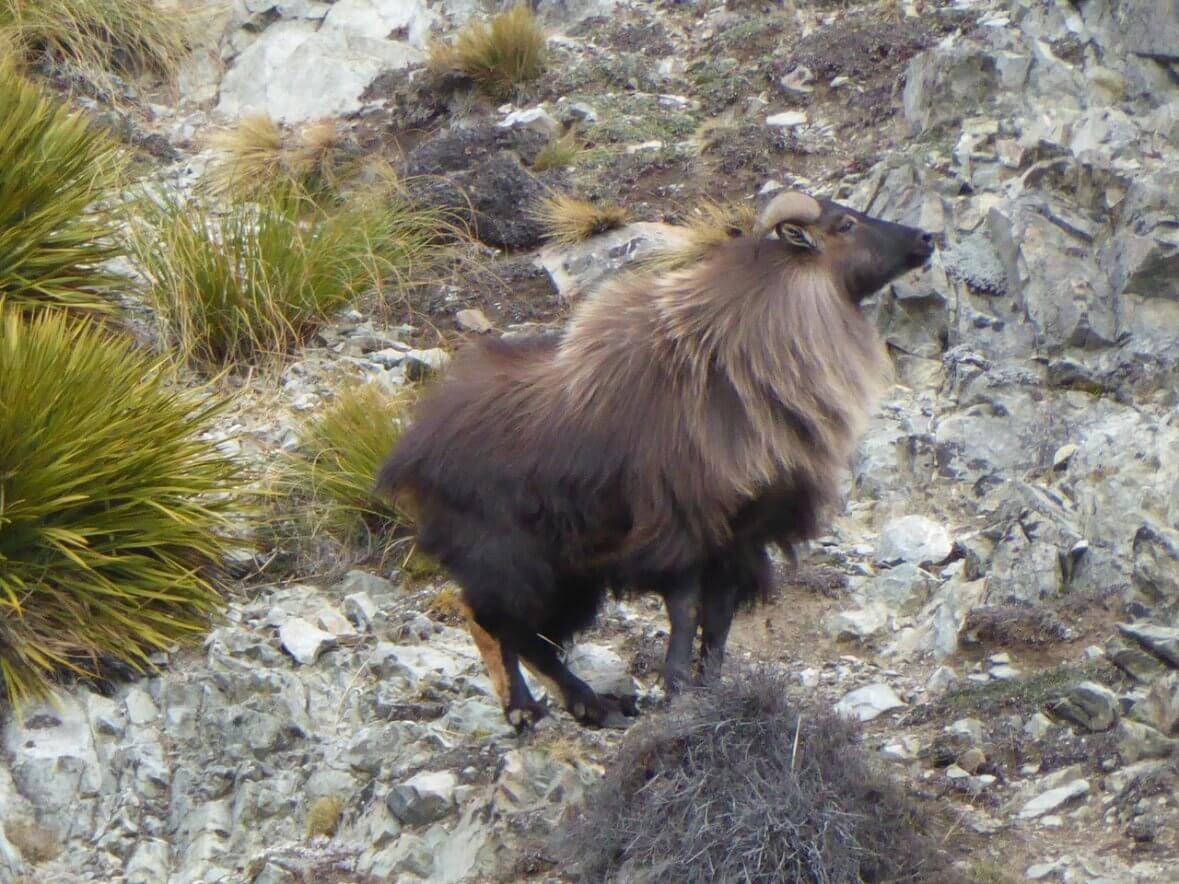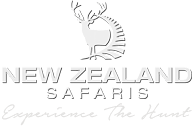Like many of the deer species the lungs and heart are in the lower quarter of the Red Stag, approximately the size of a dinner plate.
For Red Stag shot placement judging half way going from the top of the shoulder and bottom of the chest you should aim slightly under half way. Being more of a medium skinned animal Red Stags like all animals can be extremely tough during the rut to take down so use appropriate calibers again that deliver good kinetic energy and you can handle to shoot accurately. Muzzle breaks or preferably suppressors are excellent options if you’re worried about recoil and the latter noise. All of our New Zealand Safaris rifles are equipped with suppressors.
A suitable range between 80-250 yards and take time to make the shot. Bow hunting on these guys will get your heart pumping with average shots at approximately 40 yards where we can use cover, calling, and blinds to get in close.
When discussing red stag shot placement, we are typically aiming for double lung, braking both shoulders and potentially also hitting heart which would be the ideal shot. As every hunter knows animals do not always stand square on at 90% and waiting for the perfect alignment can mean not getting a shot.
First and foremost if you are not confident with taking a shot don’t take it. It’s not worth pointing your rifle and shooting or ball parking it. Preparation before the shot and knowing where the vitals are is important in making sure you are taking an ethical shot. With a steady rest you can make those quartering shots if need be. Stags will often turn to face you if they have been alerted or winded you for a brief moment, it may be your best opportunity. Preparation really equals opportunity.
When lining up red stag shot placement it’s always important to think about bullet exit over entry as this is where maximum damage occurs so look at where the off set leg is positioned and body. Front on low down and allow for the exit. Another fatal shot that can be taken if you are very confident and your rifle is a tack driver is at the base of the neck and the spine.
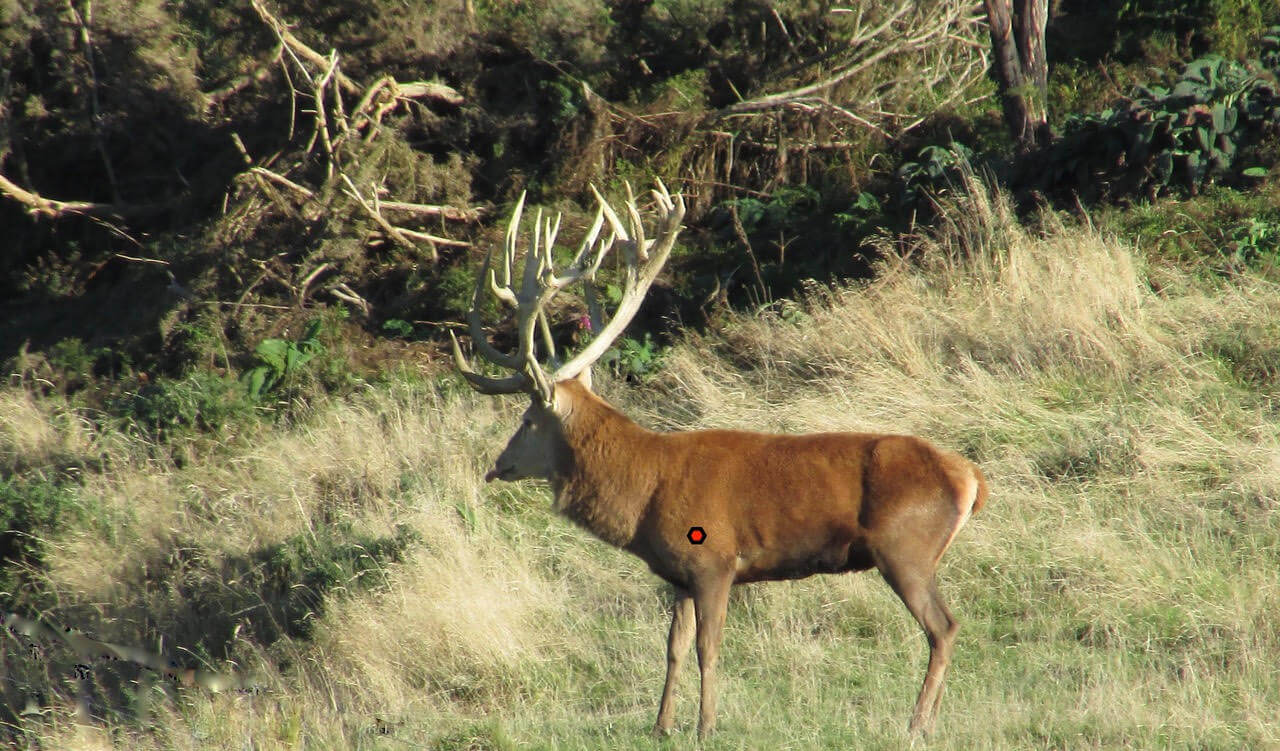
May brings about the most challenging and exciting chamois hunting rut in New Zealand.
Chamois, the mountain Antelope are only found in isolated parts of the South Island. Jim Gibson & New Zealand Safaris has gained a world wide reputation of chamois hunting on wild animals on free range, low fence, on extensive high country properties that are privately owned and exclusive to New Zealand Safaris. Our chamois hunts are limited to 6 hunts per year across 3 properties encompassing 75,000 acres. By limiting the hunts per year we are able to implement a sustainable game management system along with the land owners which is unfortunately lacking in many parts of New Zealand. These animals are now highly valued and protected by both hunting outfitters and landowners. All of our hunting is accessed by 4×4 and is a traditional spot and stalk hunt, helicopters and local hunters are forbidden in these private areas.
Bull Tahr would have to be pound for pound one of the toughest big game mountain animals to bring down.
The bull tahr is difficult to bring down for two reasons, the long hair over their body and their bone structure.
Pre-rut some of the Bulls in their prime will weigh in excess of 300 pounds especially on private land where they are typically not hunted during the summer months. Due to the lack of hunting pressure tahr will come down to the lower country and graze in sheep and cattle country on fresh spring clover grasses. This is where you must use larger centre fire calibers such as the magnums or 30 caliber with bonded bullets to hunt these amazing animals ethically. The hair in winter is thick and matted, with extremely tough skin up to 1/2 inch thick making this combination very tough and shot placement becomes critical.
The shoulders of a tahr are well muscled and larger than their back end, you are shooting into the power house so take your time as you line up your shot placement as you will only get one vital shot, the rest will be just throwing lead. When Tahr hunting ideally you will have an experienced professional guide or spotter with you that has extensive knowledge of these animals. This will allow you the hunter time to concentrate on the proper set up of the rifle and the shot with the guide ranging distance, body angle, and ideal shot placement. You need to break both shoulders and puncture lungs, or at least one shoulder both lungs, yes they are just that tough. A shot back into the green lung (stomach), missing the vitals and or only hitting the shoulders will result in a wounded and lost Bull.
Take your time aiming small and steady, reload and get ready for a follow up shot this is not the animal to chase. On a mature Bull Tahr, 6 years or over older the hair in winter can hang 9-12 inches down over the leg, 6-9 inches over the bottom of the chest, and 3-9 inches on top of the shoulder.
While on his second tahr hunt with New Zealand Safaris, Reece added a free ranging, wild foot chamois hunt.
Reece took an exceptional 9 inch 10 year old Chamois Buck during his chamois hunt. We are lucky enough to use roads on these private properties as they are extensive working sheep and cattle ranches.
Chamois are only found in the South Island of New Zealand. Without having to use a helicopter for our chamois hunts means we can move about freely without other hunters in the area and not restricted by weather. Our South Island location mostly allows us the ability to hunt from our lodge each day in a traditional wild chamois hunt.
Chamois lay down false rings on their horns so it is very hard to age but typically you want to see 8-12 rings to take a mature Chamois Buck. This time of year the glands swell as they enter the rut (late-April to mid-June) which you can see directly behind the head. When chamois hunting the easiest way to judge a mature Chamois Buck is his horns do a full curl with the horn tips well above the tips of his ears.
Meet Reece, on his second free ranging and wild on foot tahr hunt with us, on our private land. On this hunt Reece got an 8 year old bull tahr, with 13 inch horns.
These properties have excellent mountain roads which allows us to cater to all levels of hunters. From glaciers to river valleys non-hunters have an opportunity to enjoy the scenery and watch the game.
Our properties are all within 40 minutes of our main hunting lodge, or we can camp out in the back country cabins.
You can tell the age by counting the rings on the horns and the lamb tips. On a tahr hunt, a bull is considered mature and a trophy when he reaches 6 years old. On private land exclusive to New Zealand Safaris animals are not under constant hunting pressure so get time to reach maturity and their full potential which makes for some amazing tahr hunting.
When field judging on a tahr hunt, include factors such as body size, cape and colour are important after length of horns 12+ inches is considered a trophy.
Averaging at 270 lbs these are truly magnificent animals and an amazing hunt in some of the most spectacular scenery you will ever see. If you truly value sheep hunting and the mountains and scenery that go hand in hand with this big game hunt, then you will love hunting with us, many bring the non hunter also to be in these amazing places. If clients would prefer we can utilize a helicopter for access up onto the tops for day hunts.
The rut runs from around late May to the end of July with hunting from February to the end of November. If you are looking to plan a tahr hunt, get in touch with us.
April sees the start of the Fallow Deer croak or rut for Fallow Deer in New Zealand and typically will go through to early May. The Fallow Bucks make a noise similar to that of a bull frog, attracting the females. Unlike many other deer species Fallow Bucks will return to their `Rut Pad` or make their own and stay there during the mating season, the female fallow called `does` will then travel to their favourite or local rut pad to mate with the bucks.
Typically during the fallow deer croak the older females will bring in the younger females which starts the cycle of where they go to mate each year during the croak. Fallow Deer are unique because they have different colour phases of coats which is very unusual in the deer world. Fallow Bucks are sought after for their antlers which have palmation like that of a moose. The largest population of Fallow Deer in the Southern Hemisphere is in South Canterbury, New Zealand near the town of Fairlie. Most of the land is privately owned, the properties that are correctly managed have bucks that when harvested have antlers which are some of the largest in the world.
If you’ve never heard the Fallow Buck croak sound check out this recent video.
For more information on our Fallow Deer hunts click here or send us an email.
Water Buffalo Hunting in Australia is one of the most underrated, wild hunts left in the world today. Water Buffalo (Bubalus bubalis) were first introduced as a food source between 1924-1949 to the Northern Territories of Australia from Timor in Indonesia. Since their introduction the buffalo have now developed a different appearance from their descendants.
Banteng Hunting in Australia on wild, free ranging herds is conducted up on the Coburg Peninsula, in the Northern Territories of Australia. First introduced in 1849 as a food source, today they are the only Banteng herd that is still completely pure in strain. (more…)
There are 11 big game New Zealand animals to hunt, 4 varmints, and a variety of birds including turkey and ducks. Due to a lack of management on government land, the trophy animals are typically much larger and older on private land because of the lack of hunting pressure, improved genetics and food quality.
Himalayan Tahr, also known as ‘the king of the mountain’ in New Zealand Bull Tahr are only found in the South Island of New Zealand. The trophy Bull Tahr population heavily concentrated along the central part of the Island both West and East coasts. Judging a trophy Bull Tahr can be tricky in the warmer months, finding them alone can be a real challenge. You really need to look in heavy native cover, the older Bulls will seldom come out at all if it is hot, maybe making it to the fringes at dark and gone by first light. High quality optics are essential, using both binoculars and spotting scope, you pay for what you get in glass so there really is no substitute.
